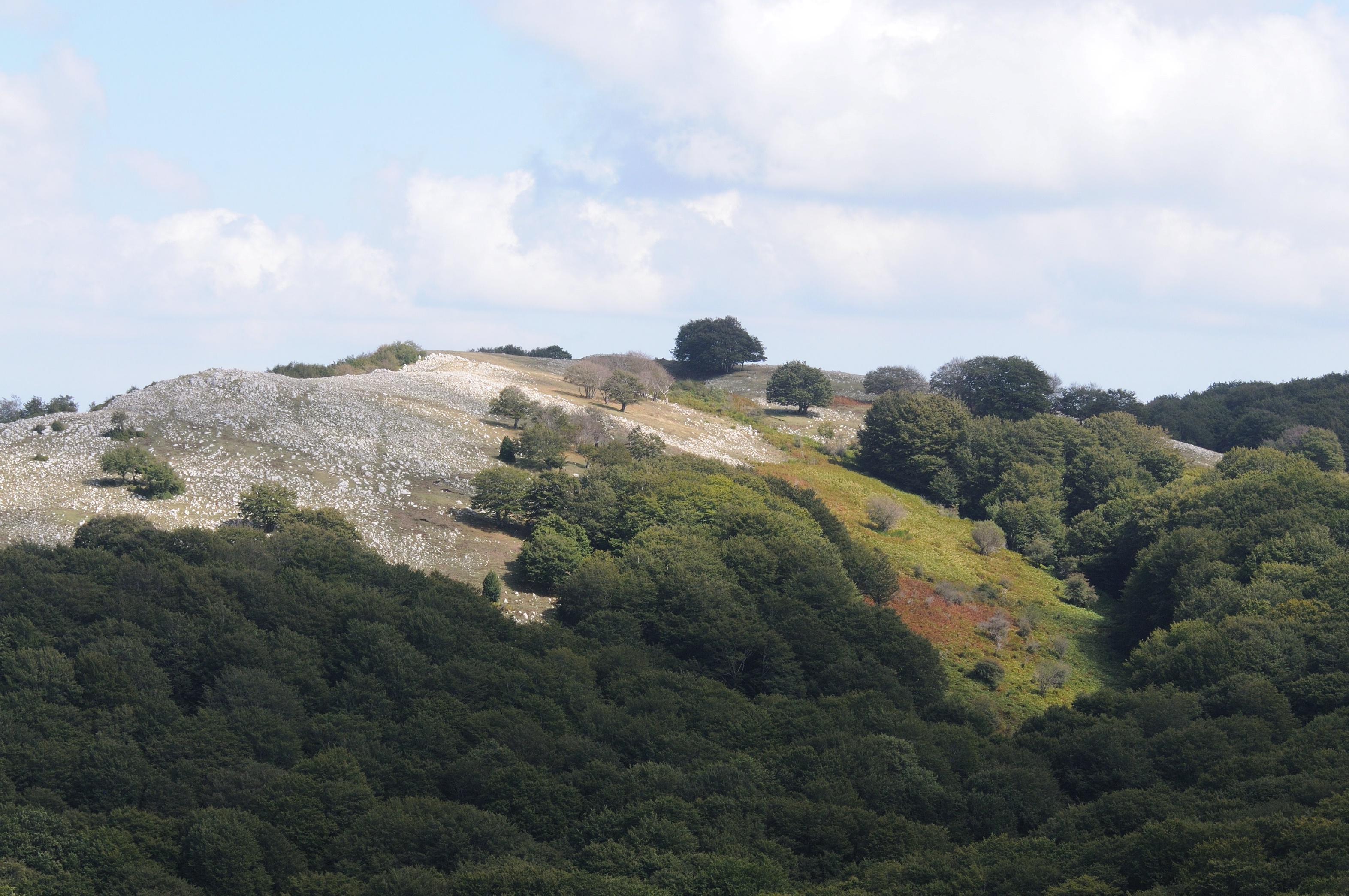The Ornithic Community of the “Taburno-Camposauro” Regional Park (Benevento – South Italy) according to taxonomic categories, phenology, and environmental types
DOI:
https://doi.org/10.6093/2724-4393/11065Parole chiave:
avifauna forestale, ambienti aperti, comunità ornitica, PR Taburno-Camposauro, Appennino campanoAbstract
L’avifauna del PR Taburno-Camposauro è stata studiata dal mese di febbraio 2019 a gennaio 2022 nell’ambito del progetto finanziato da Fondazione con il Sud “Sve(g)liamo la dormiente”. La comunità ornitica è stata monitorata col metodo dei punti di ascolto a raggio variabile (VCP) individuando 23 punti ricadenti nelle tipologie ambientali rappresentative del Parco. Questi sono stati effettuati una volta per ogni stagione fenologica nei 3 anni di studio per cui ogni punto è stato visitato 12 volte per 264 uscite complessive. I punti di ascolto sono stati raggruppati per tipologia ambientale prevalente in base alla codificazione della Carta della Natura: bosco mesofilo, castagneto, faggeta, colture estensive, oliveto, prateria arida, conifere. Al termine dello studio sono state rilevate 85 specie di cui 8 inserite nell’All.I della Dir. Uccelli (Pernis apivorus, Circaetus gallicus, Aquila chrysaetos, Milvus migrans, Falco peregrinus, Lanius collurio, Lullula arborea, Anthus campestris). La ripartizione da un punto di vista tassonomico mostra che i Passeriformi rappresentano il 70% della comunità, seguiti da Accipitriformi con il 7%, dagli Strigiformi, i Piciformi e i Columbiformi con il 5%. Per quanto riguarda le categorie fenologiche, il 70% sono residenti, il 19% migratrici nidificanti, il 6% migratrici e il 5% svernanti. La ricchezza di specie è stata confrontata con le tipologie ambientali e risulta essere massima nelle colture estensive, minima nelle riforestazioni a conifere e nella faggeta. Fringuello e capinera risultano essere le specie più frequenti in 4 tipologie ambientali.
Downloads



